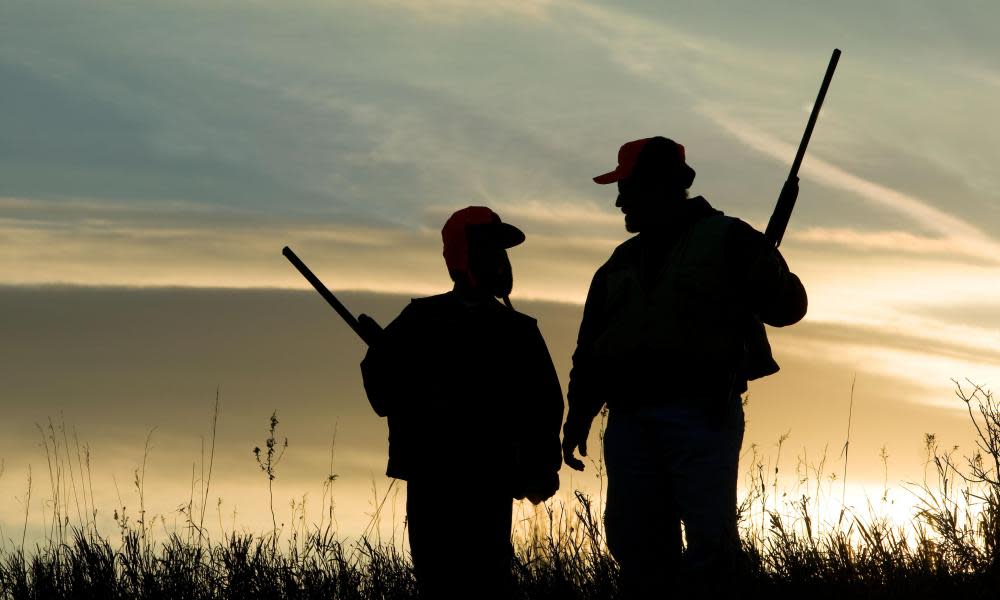Children are at risk from game shot with lead

Your article on a Unicef report (One in three children have dangerous levels of lead in their blood, 30 July) highlights the risks of neurological harm to hundreds of millions of children globally. Although most come from poorer countries, pockets of high blood lead exist elsewhere.
In Europe most lead exposure is via the diet, and one source that can be readily eliminated is lead fragments from ammunition used to shoot wild game. This source is frequently neglected, including in the Unicef report. Unicef recommends both better monitoring and implementing prevention and control measures. However, in 2018 the UK National Screening Committee (NSC) recommended against screening for elevated blood lead levels in young children, so the extent of children’s exposure is unknown, and no comprehensive primary prevention strategy exists.
Thousands of young children are estimated to be at risk annually from frequent consumption of game shot with lead in the UK. Food Standards Agency and NHS websites advise vulnerable groups of the health risks, but without active promotion. Publicity has largely resulted from a commitment by Waitrose to sell only game brought to bag with non-lead ammunition from the upcoming shooting season (Waitrose stops sale of birds shot with lead as experts call for UK ban, 29 July 2019).
UK regulation requiring replacement of lead gunshot with non-toxic alternatives, as happened in Denmark in 1996, is long overdue, as is a review of “strict criteria” and key questions considered by the UK NSC regarding lead screening in children. If you don’t ask the right questions, you won’t get health-protective answers.
Prof Debbie Pain and Prof Rhys Green University of Cambridge, Dr Caroline Taylor University of Bristol
• Join the debate – email guardian.letters@theguardian.com
• Read more Guardian letters – click here to visit gu.com/letters


